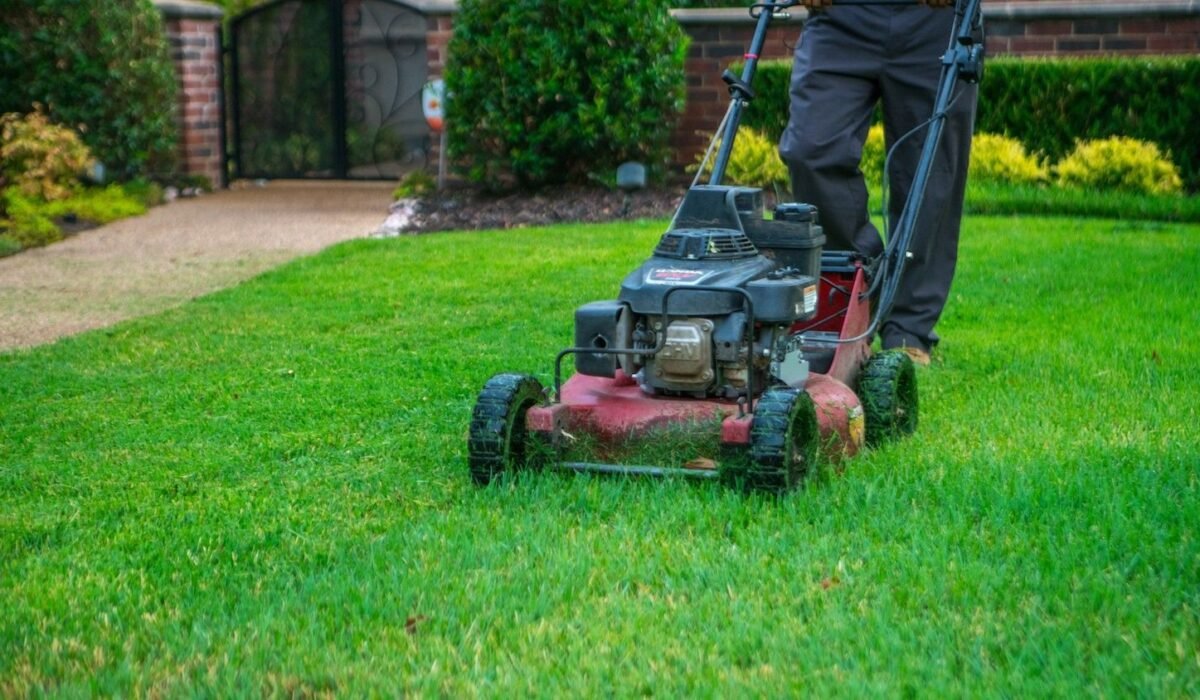Top 7 Lawn Care Mistakes Homeowners Make in Southeast Texas
Here’s an interesting fact about plants!
Did you know plants actually remember how they’re treated? Overwatering and frequent short mowing can damage or weaken their roots permanently over time. Your lawn is no different, how you care for it now shapes how it grows tomorrow.
Creating and maintaining a lush, green lawn in Southeast Texas can be a rewarding experience, but it’s also more complicated than most homeowners realize. The region’s intense heat, sudden downpours, humidity, and clay-based soils make lawn care a true balancing act. Unfortunately, many well-intentioned homeowners unknowingly make common mistakes that can lead to brown patches, weed infestations, or thinning grass.
In this blog, we’ll cover the top seven lawn care mistakes homeowners often make in Southeast Texas and more importantly, how to fix them.
1. Overwatering the Lawn
This is a very common mistake that nearly every homeowner makes, especially with Texas’ scorching summer heat. While it’s true that your lawn needs consistent hydration, overwatering can do more harm than good. It saturates the soil, suffocates roots, and creates the perfect environment for fungus, pests, and diseases like brown patch.
How can we fix it?
The best approach is to water deeply but less frequently, ideally about 1 inch per week including rainfall. This encourages roots to grow deeper, making the lawn more drought-tolerant. Water your lawn early in the morning, around 7 to 9 a.m. This reduces water loss from evaporation and allows time for moisture to soak in before the midday heat.
Pro tip: Use a rain gauge or empty tuna can to measure water output from your sprinkler system
2. Cutting the Grass Too Short
Many homeowners believe that cutting the grass shorter means fewer mowing sessions. While that may sound efficient, it actually does more harm than good. Scalping your lawn makes it vulnerable to sunburn, soil erosion, weed invasion, and moisture loss.
How can we fix it?
Stick to the one-third rule: never cut more than one-third of the grass blade at once. For warm-season grasses like Bermuda and St. Augustine, maintain a mowing height between 2.5 to 4 inches depending on the variety. This keeps your lawn healthy and thick enough to crowd out weeds.
3. Ignoring Soil Health
A beautiful lawn starts below the surface. Many homeowners focus on watering and mowing but forget about the health of the soil. Without the right nutrients, texture, and pH level, your grass won’t thrive no matter how often you mow.
How can we fix it?
Get your soil tested annually to understand its nutrient profile. Use fertilizers based on the soil test results, not guesswork. Aerate your lawn at least once a year to break up compacted soil, especially in clay-heavy areas, and allow air, nutrients, and water to reach the roots.
Healthy soil is the foundation of a resilient lawn.
4. Using Dull Mower Blades
Tearing grass with dull mower blades doesn’t just look bad—it can actually stress the grass. Jagged cuts cause the grass tips to brown and open pathways for disease to enter.
How can we fix it?
Sharpen your mower blades two to three times per season or after every 20 to 25 hours of mowing. Clean the mower deck regularly to prevent the spread of disease and debris buildup.
If you’re not sure whether your blades are dull, check the grass after mowing. If the edges are frayed or discolored, it’s time to sharpen up.
5. Fertilizing at the Wrong Time
Timing matters just as much as the type of fertilizer you use. Applying fertilizer during dormancy or the peak of summer heat can burn the lawn or waste nutrients, especially if the grass isn’t in an active growth phase.
How can we fix it?
Fertilize warm-season grasses like Bermuda or Zoysia in late spring or early summer when they’re actively growing. Avoid fertilizing too early in the spring or too late in the fall when your lawn is not ready to absorb nutrients efficiently.
Use slow-release fertilizers to provide consistent nutrition over time and prevent sudden growth spurts that stress the lawn.
6. Delaying Weed Control
If you’re only dealing with weeds after they’ve shown up, you’re already late. Weed prevention should be part of your routine lawn care plan, not a last-minute reaction.
How can we fix it?
Apply pre-emergent herbicides in early spring and early fall to stop weeds like crabgrass before they start growing. For visible weeds, use targeted post-emergent herbicides or pull them manually.
Weeds thrive in weak lawns, so keeping your turf thick and healthy is also one of the best natural weed deterrents.
7. Not Adjusting Lawn Care Seasonally
Many homeowners stick to a one-size-fits-all routine all year long. But what your lawn needs in spring is different from what it needs in summer or fall. Failing to adapt your care methods with the seasons can lead to poor growth, pests, and even lawn dormancy.
How can we fix it?
Spring is the time to begin mowing, apply fertilizer, and prevent weeds. In summer, raise the mowing height and water deeply. In fall, apply a balanced fertilizer and reduce watering. During winter, avoid fertilizing and water only if there’s a dry spell.
Each season plays a key role in the overall health of your lawn. Adjust your plan accordingly for the best results.
Conclusion
Caring for a lawn in Southeast Texas takes more than good intentions. It requires a deep understanding of local conditions, soil types, and seasonal patterns. By avoiding these seven common mistakes, you’ll set your lawn up for long-term success.
Of course, if you’re looking to save time or avoid the hassle altogether, Plum Creek Lawncare is here to help. With expert services ranging from mowing and fertilization, we’ve got the tools and experience to help your lawn flourish.




